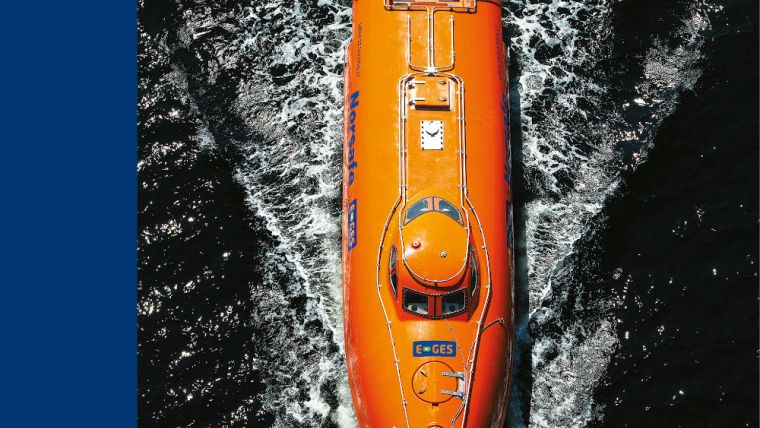Guidance on Lifeboat and Rescue Boat Operations
Taking to the boats, getting away from a stricken vessel and safely negotiating the open sea until rescued is likely to be one of the most demanding tasks a seafarer will ever have to face. Training in sheltered waters can never properly prepare the mariner for hazards of an emergency abandon ship or replicate the panic that may take hold among passengers in a lifeboat. “There is no easy way to abandon ship”, writes Dag Pike, one of the most experienced navigators in the world. He speaks from experience, having been shipwrecked twice in the Atlantic.
In his recently published book, Driving Lifeboats and Rescue Boats, the sequel to the same author’s Launch and Recovery of Boats from Ships (NI, 2017). It aims to fill the gap between training and reality by providing potentially life-saving insights into the realities of handling a lifeboat, MOB boat or fast rescue boat in all conditions. Captain Pike explains boarding preparations, leaving the ship’s side and how to handle small craft in following seas, beam seas, head seas, fog, ice and darkness.
Unsatisfactory Design
Even when rescue is at hand the boat’s crew will need to transfer passengers to the ship. The author highlights how the task is made harder by the unsatisfactory design of much modern lifesaving craft. He also discusses the different driving techniques needed for the fast boats used to rescue people in the water and to tow life-rafts.
The book is illustrated with numerous photographs and clear diagrams. It contains a combined index that references topics covered in both Driving Lifeboats and Rescue Boats and Launch and Recovery of Boats from Ships.
Trinity House and RNLI
Captain Pike has unrivalled experience on the subject of handling small craft in emergencies and challenging conditions. After serving as Captain of Trinity House lighthouse tenders, he went on to become an Inspector of Lifeboats with the UK’s Royal National Lifeboat Institution and was responsible for some 50 lifeboat stations. His observations on lifeboat design will therefore be of particular interest to designers, manufacturers and regulators.
Driving Lifeboats and Rescue Boats is published by The Nautical Institute, an international representative body for maritime professionals involved in the control of seagoing ships. It provides a wide range of services to enhance the professional standing and knowledge of members, who are drawn from all sectors of the maritime world. Founded in 1972, it has over 40 branches worldwide and some 7,000 members in more than 120 countries.














